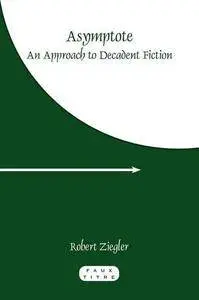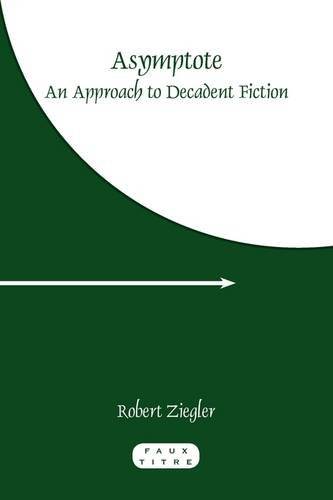Asymptote: An Approach to Decadent Fiction (Faux Titre) by Robert Ziegler
English | 2009 | ISBN: 9042027002 | 264 Pages | PDF | 1008.85 KB
English | 2009 | ISBN: 9042027002 | 264 Pages | PDF | 1008.85 KB
Asymptote: An Approach to Decadent Fiction offers a radically new approach to the psychology of Decadent creation. Rejecting traditional arguments that Decadence is a celebration of deviance and exhaustion, this study presents the fin-de-siecle novel as a transformative process, a quest for health. By allowing the writer to project into fiction unwanted traits and destructive tendencies - by permitting the playful invention of provisional identities -, Decadent creation itself becomes a dynamic act of creative regeneration. In describing the interrelationship of Decadent authors and their fictions, Asymptote uses the mathematical figure of the asymptote to show how they converge, then split apart, and grow distant. The author's approach to the facsimile selves he plays with and discards is the curve that never merges with his authorial identity. In successive chapters, this study describes the Decadents' experimentation with perversion (Huysmans's A rebours and Mendes's Zo'har), and their subsequent validation of social regulation and creative discipline. It examines magic and its appeal to fantasies of elitism and omnipotence (Péladan's Le Vice suprême and Villiers's Axël ), then shows authors embracing the values of community and service. It considers the Decadent text as a vehicle of change in which an artist ventilates fantasies of aggression and revenge (Mirbeau's Le Journal d'une femme de chambre and Rachilde's La Marquise de Sade) then employs writing as the means by which these feelings are discharged. It examines creation as a form of play, "une aliénation grâce à laquelle l'esprit se récupère sous la forme des autres" (Schwob's Vies imaginaires and Lorrain's Histoires de masques), yet notes the Decadents' decision to return to a single generative center. Finally, it examines creation as an expression of artistic transience and failure, yet shows the Decadents' success in commemorating the very forces of disintegration (Rodenbach's L'Art en exil). In considering the Decadents' insistence on subjectivism and aloneness, this study concludes (Gourmont's Sixtine) by showing their wish to escape the prison of identity and to redefine their art as cooperative creation.



